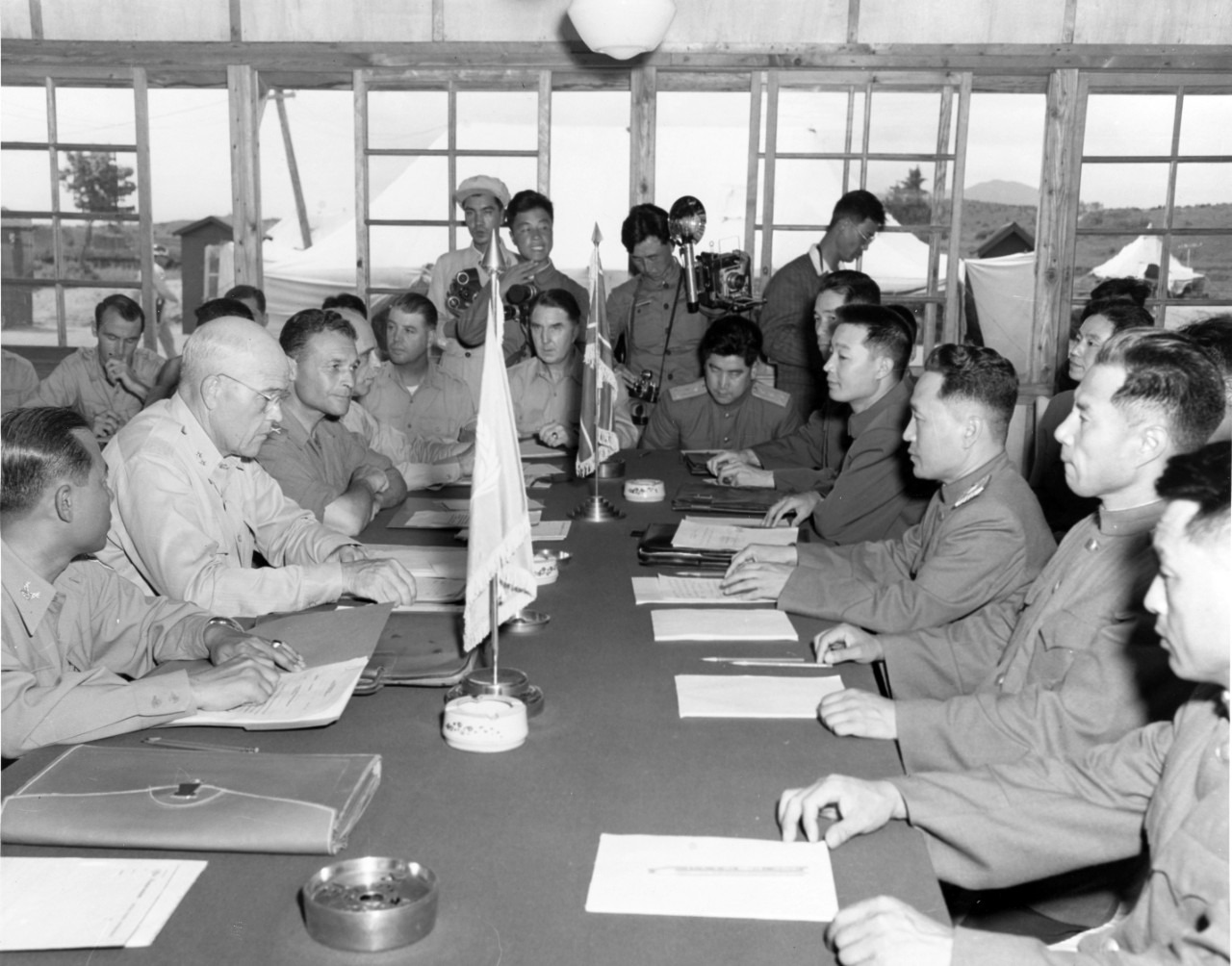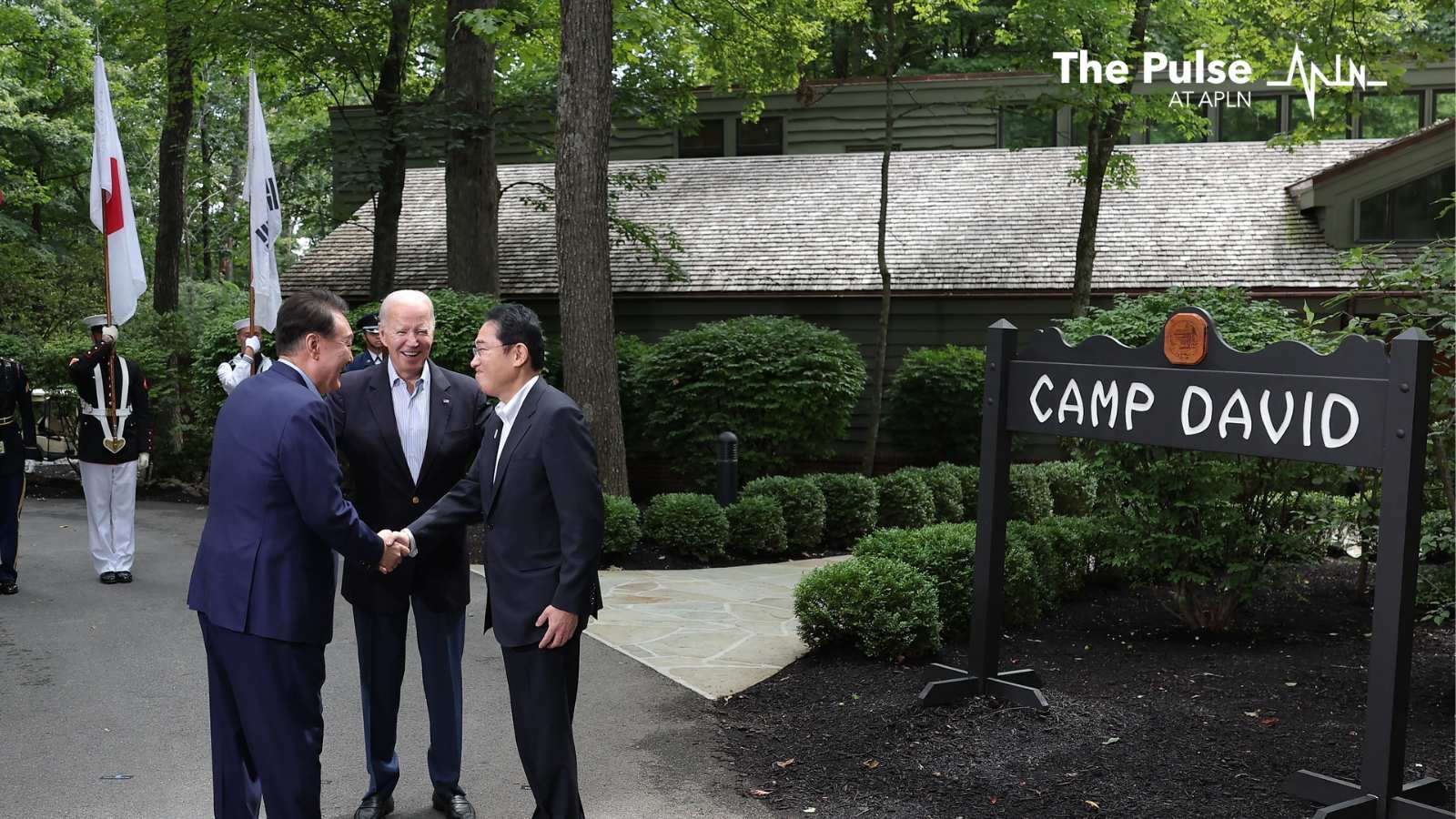70 Years and Counting: The Path to Peace on the Korean Peninsula
70 years after the signing of the Armistice Agreement, the Korean Peninsula remains in a state of war. With military provocations on the peninsula becoming increasingly frequent and dangerous, concerned parties – North Korea, the United States, China, and South Korea — urgently need to negotiate an end-of-war declaration. These negotiations are complicated by the conflicting needs and concerns of the four parties. Chief among them is Washington’s insistence on the complete and verifiable denuclearization of North Korea, which remains the greatest obstacle in negotiating an end to the Korean War. If the US can adopt a more flexible stance on this issue and aim for a more moderate arms control strategy, it is much more likely that the parties can arrive at an end-of-war declaration. However, progress should not stop at an end-of-war declaration. It is important that countries seize the opportunity to take further steps to ensure long-term peace on the peninsula, such as through signing a legally-binding peace treaty.
About the Author
Gabriela Bernal is PhD Candidate at the University of North Korean Studies in Seoul, South Korea. She is also a freelance writer and North Korea analyst. Her analysis and commentary have appeared in various outlets including Nikkei Asia, BBC, The South China Morning Post, The Diplomat, Voice of America, The Straits Times, The Financial Times, NK News, and more.
The opinions articulated above represent the views of the author and do not necessarily reflect the position of the Asia Pacific Leadership Network or any of its members.
The APLN website is a source of authoritative research and analysis and serves as a platform for debate and discussion among our senior network members, experts and practitioners, as well as the next generation of policymakers, analysts and advocates. Comments and responses can be emailed to apln@apln.network.
Image: Major General Blackshear M. Bryan, U.S. Army (2nd from left), Senior Member of the Military Armistice Commission, United Nations’ Command, exchanges credentials with Major General Lee Sang Cho, North Korean Army (3rd from right), Senior Communist delegate, at the Conference Building at Panmunjom, Korea, 28 July 1953. This was the day after the Korean War Armistice went into effect. (Army Signal Corps Collection in the U.S. National Archives.)



